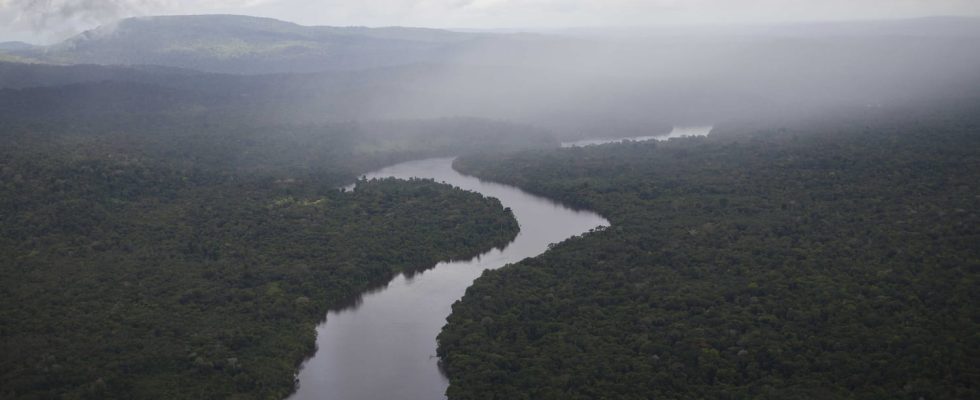The discovery of an ancient urban network in the heart of the Amazon calls into question the history of the region.
Emblematic of the fight to protect the environment, the Amazon is one of the three most important primary forests on the planet. And many secrets are buried beneath its seven million square kilometers of vegetation. Certain areas are in fact very difficult to explore, so much so that in several cases, only aerial observations could be carried out. These are also areas considered hostile. Only a few tribes of hunter-gatherers probably lived in these regions, where no form of civilization could develop. The absence of archaeological markers would attest to this. At least that’s what researchers thought until a recent discovery.
As confirmed by the review Science On January 11, 2024, a vast network of 2,500-year-old garden cities was recently discovered in Ecuador, along the Upano River and not far from the Sangay volcano. If science confirms the existence of this site, it would mean that a civilization was established in the region in the 16th century. The discovered city could even correspond to the description of the Dominican Gaspar de Carvajal, who observed a similar network during his trip to Latin America, alongside the Spaniard Francisco de Orellana, at the end of 1541. His account says that no “village was no more than a crossbow shot apart (…), and there was a village which extended over five leagues without interruption from one house to another, which was a marvelous thing to have”.
The theory that a lost city in the Amazon flourished along the Upano River seems confirmed by the work of Frenchman Stéphen Rostain, research director at the CNRS and first signatory of the Science article. During his 25 years of research, he brought to light remains of dwellings built on artificial mounds protecting them from the soggy ground. In total, around a hundred remains of this type were discovered in addition to remains of ancient structures buried by vegetation. It was when Mr. Rostain and his team finally had access to it in 2020 that they realized the true scale of the site.
The French researcher told the World having found five large areas of habitation in the river valley. The towns were all connected by wide, straight roads with a whole network of streets in the different neighborhoods. Research shows that these towns were inhabited by settlements separated by cultivated fields. Archaeologists believe that this network could extend well beyond their research area, even rivaling Mayan cities.
It would even be the oldest and most complex urban network in the Amazon, dating back almost a millennium before the arrival of other civilizations in the region. Studies estimate that the society present on this site would have lived there until the middle of the first millennium, then would have moved after an eruption of the neighboring volcano, Sangay. Archaeologists will still have to continue their research in order to learn more about the complexity and organization of this ancient society.
